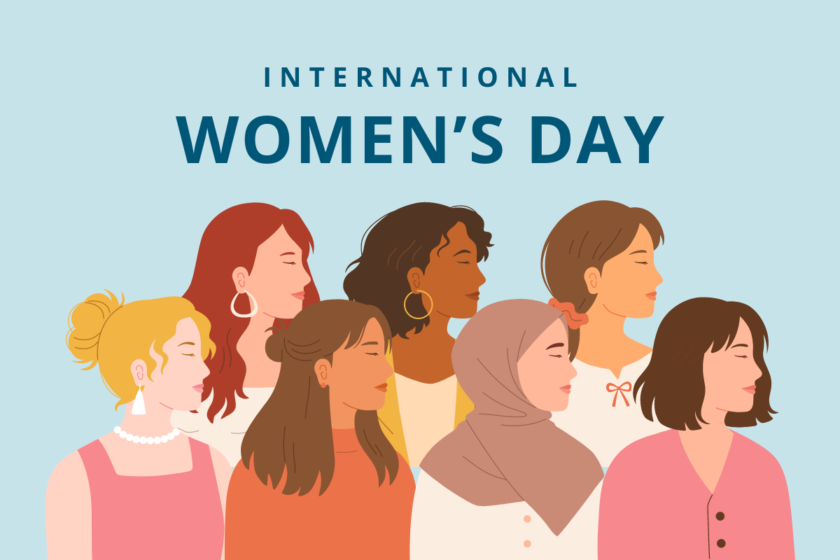
International Women’s Day – Count Her In: Invest in Women. Accelerate Progress
This year’s International Women’s Day, the United Nations has set the theme: Count Her In: Invest in Women. Accelerate Progress. It centres on women’s economic empowerment as a means for creating a gender equal world.
However, the More Voices, More Representation campaign, in partnership with SSI, surveyed 202 women, trans, gender diverse and non-binary people ahead of International Women’s Day. More than half of the people who responded said they did not feel represented at International Women’s Day events.
In our work, we are conscious of the many ways in which women and gender diverse folx are under-represented in research and related datasets. We often have an opportunity to make a difference and ensure diverse, intersecting experiences are ‘counted in’ and, therefore, visible. This can help counteract the gender biases that are often built into the way systems, workplaces and programs are designed.
Here are some of the ways evaluators can make progress towards counting in diversity.
- Understand that gender norms (and other types of privilege) – historic and current – influence everything in terms of how humans interact with the environment, economy, and each other. It might not be immediately apparent the role gender plays in the context of the program or policy you’re evaluating, but it’s always worth considering while building your knowledge of context and designing the evaluation. Wherever money is being spent (on programs, policies, funding, research), we as evaluators have opportunities to highlight where to improve gender diversity, equitability, and inclusiveness.
- Consider the influences of gender when designing your sample – what social norms and experiences may have an impact on who responds to an invitation to take part in a survey or interview? What can you put in place to ensure representative data?
- Know that averages hide specificity. Descriptive data that relies on averages without digging into subsets including gender and other dimensions of intersectionality is likely to overlook key differences in experiences and outcomes. Inferences about differences between subsets in quantitative data should also be reviewed against the qualitative data to test and contextualise findings.
- Understand how socialised biases inform how readers interpret datavis, and use these great tips to make more inclusive datavis.
How do you think about gender and diversity in your evaluation work?




